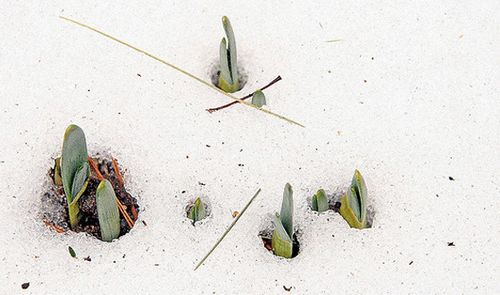
A study published this week in the journal Proceedings of the National Academy of Sciences shows how ecotourists, researchers, and others who are lucky enough to step foot on Antarctica might be leaving more than footprints. Seeds and other plant material hitch-hikes there by way of visitors' clothing and gear, and could one day wreak havoc on the Antarctic ecosystem.
The study was conducted through Stellenbosch University in South Africa during the 2007-8 summer season. The Stellenbosch researchers vacuumed the clothes and gear that 850 people had brought with them and they found 2,686 seeds, reports the . The seeds were not intentionally brought, they'd simply been stuck to shoes and in the creases of clothing and in other gear.
Clearly, these seeds don't signify an immediate threat to the icy continent, but as the climate there warms, these seeds could turn into invasive plants, which may flourish and harm the ecosystem. Should animals, such as rats, also find their way to Antarctica, things could get really ugly for endemic fauna.
What's more, the seeds were discovered by surveying just a sample of the visitors. During that summer, there were 33,000 tourists and 7,000 scientists visiting Antarctica. Extrapolating based on their findings from the 850 people whose possessions were searched, researchers think there might have actually been up to 70,000 seeds or plant material among the throngs.
Most of the seeds were brought in by research station staff and scientists doing field work. Compared to tourists, this is a population that might more readily understand the impacts of introduces new plants to the area, and then mitigate against that event. On the other hand, half the seeds that were found had come from cold-weather parts of the world, such as the Arctic, and compared to seeds from warmer climes, these are more likely to withstand Antarctica's extreme cold, long enough to possibly take root some day.
Via:
–Mary Catherine O'Connor